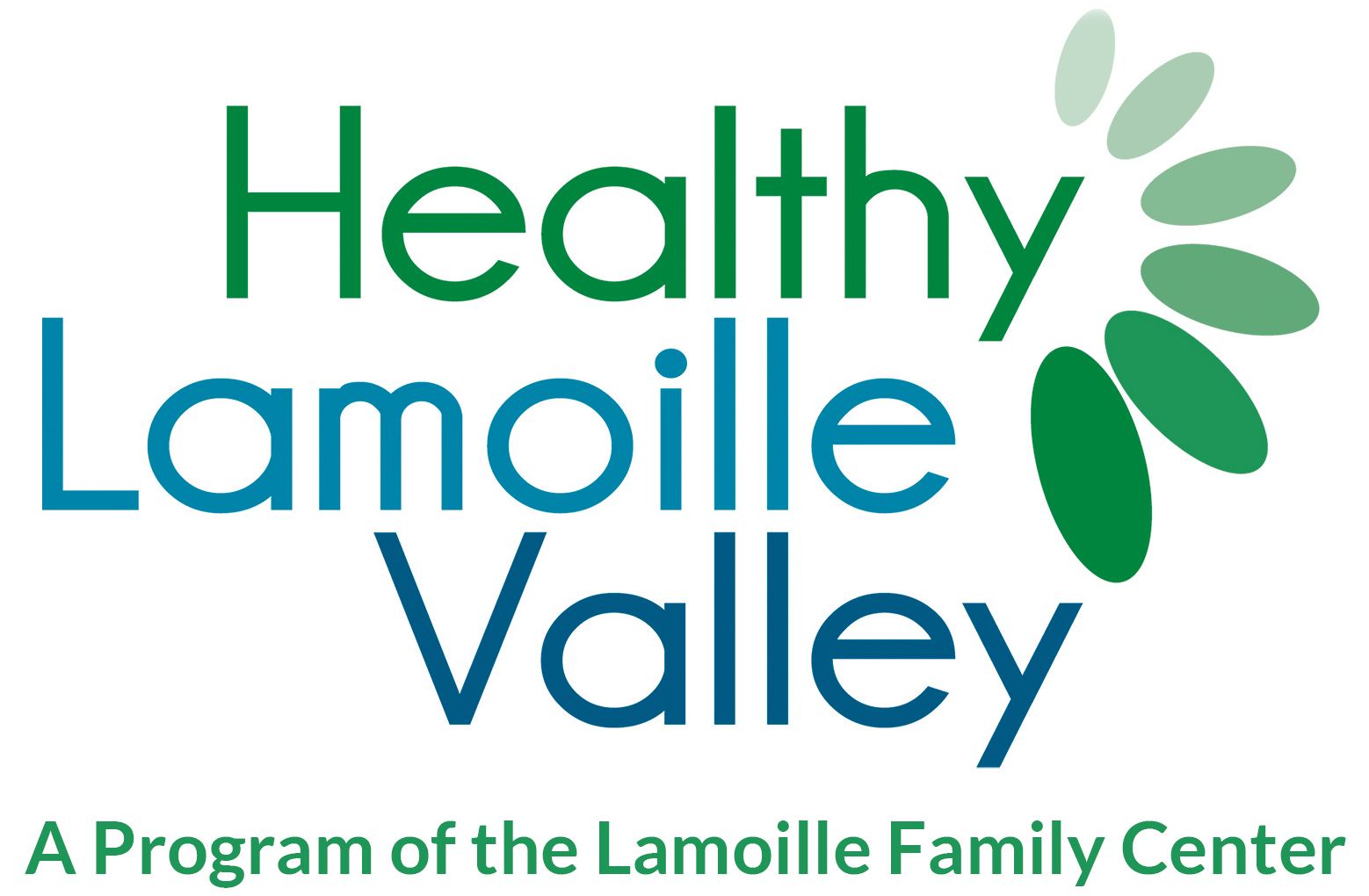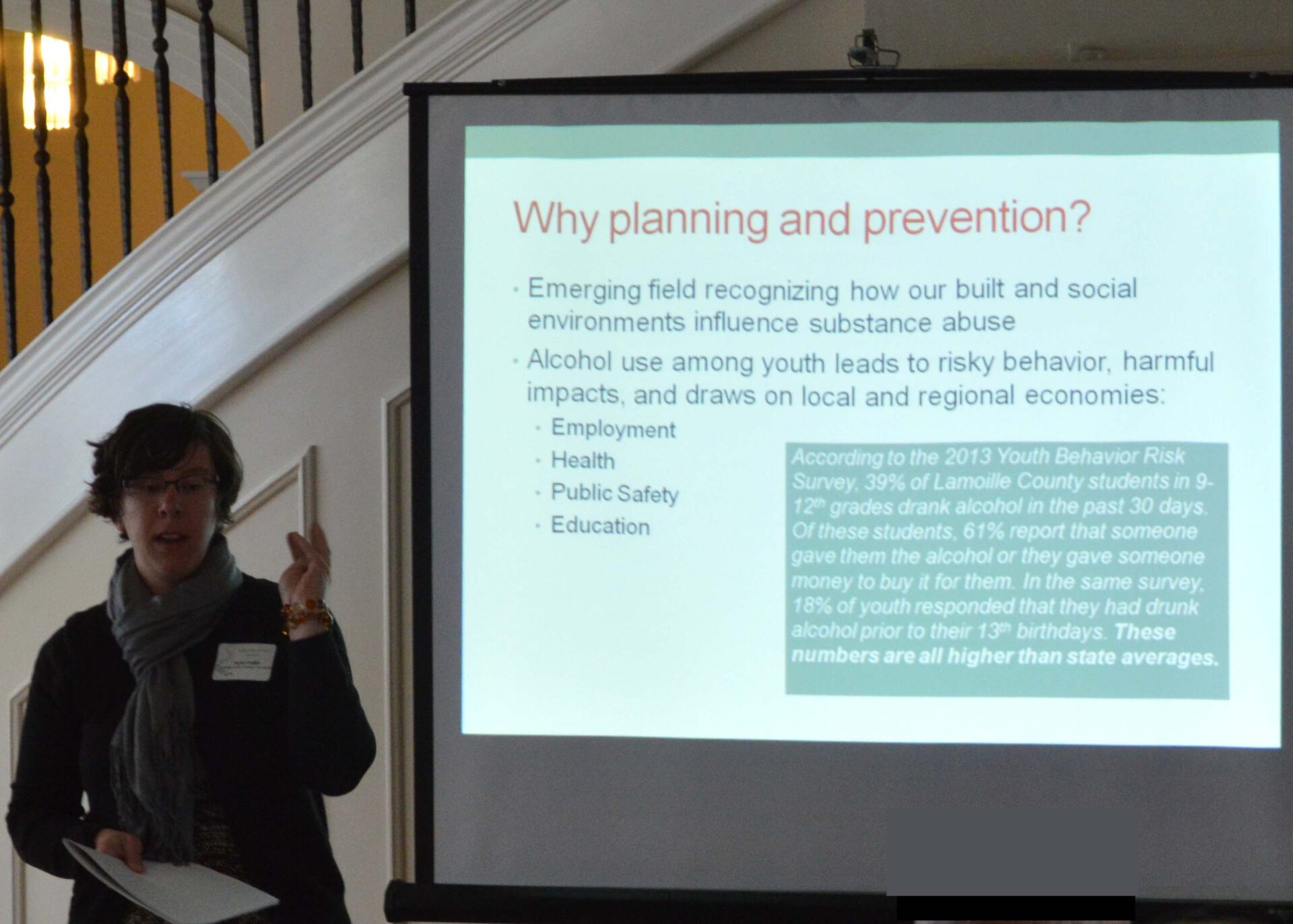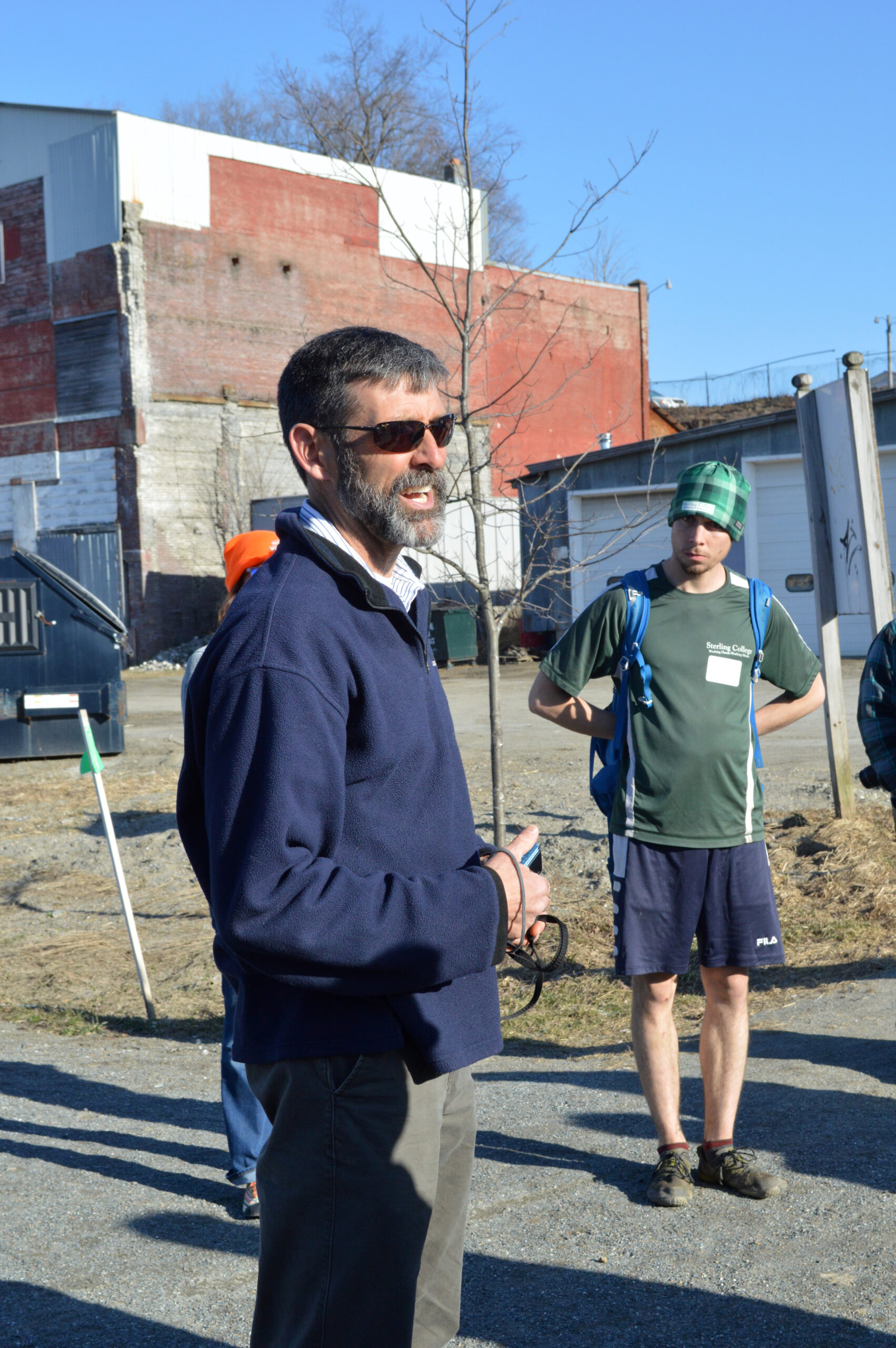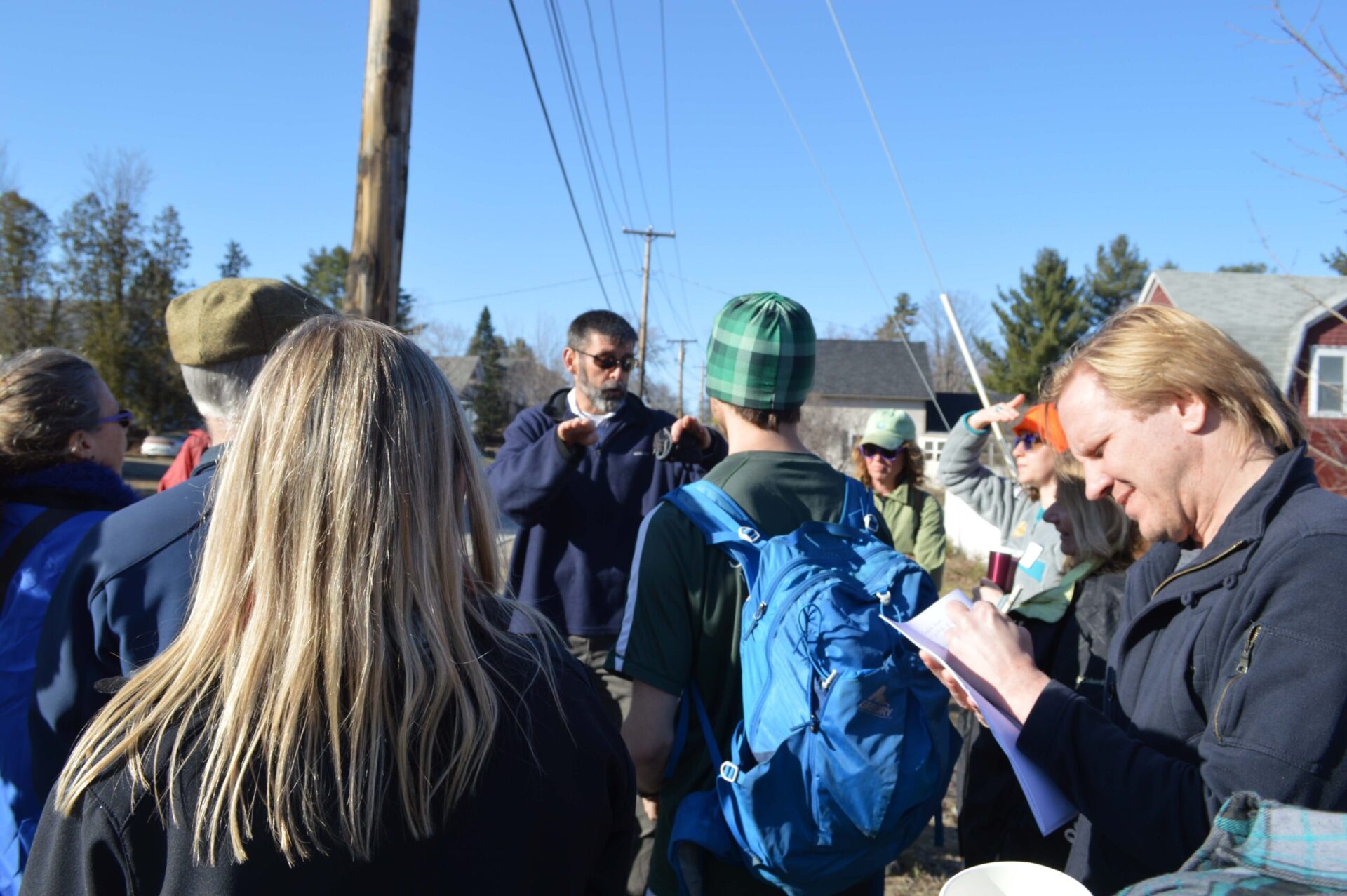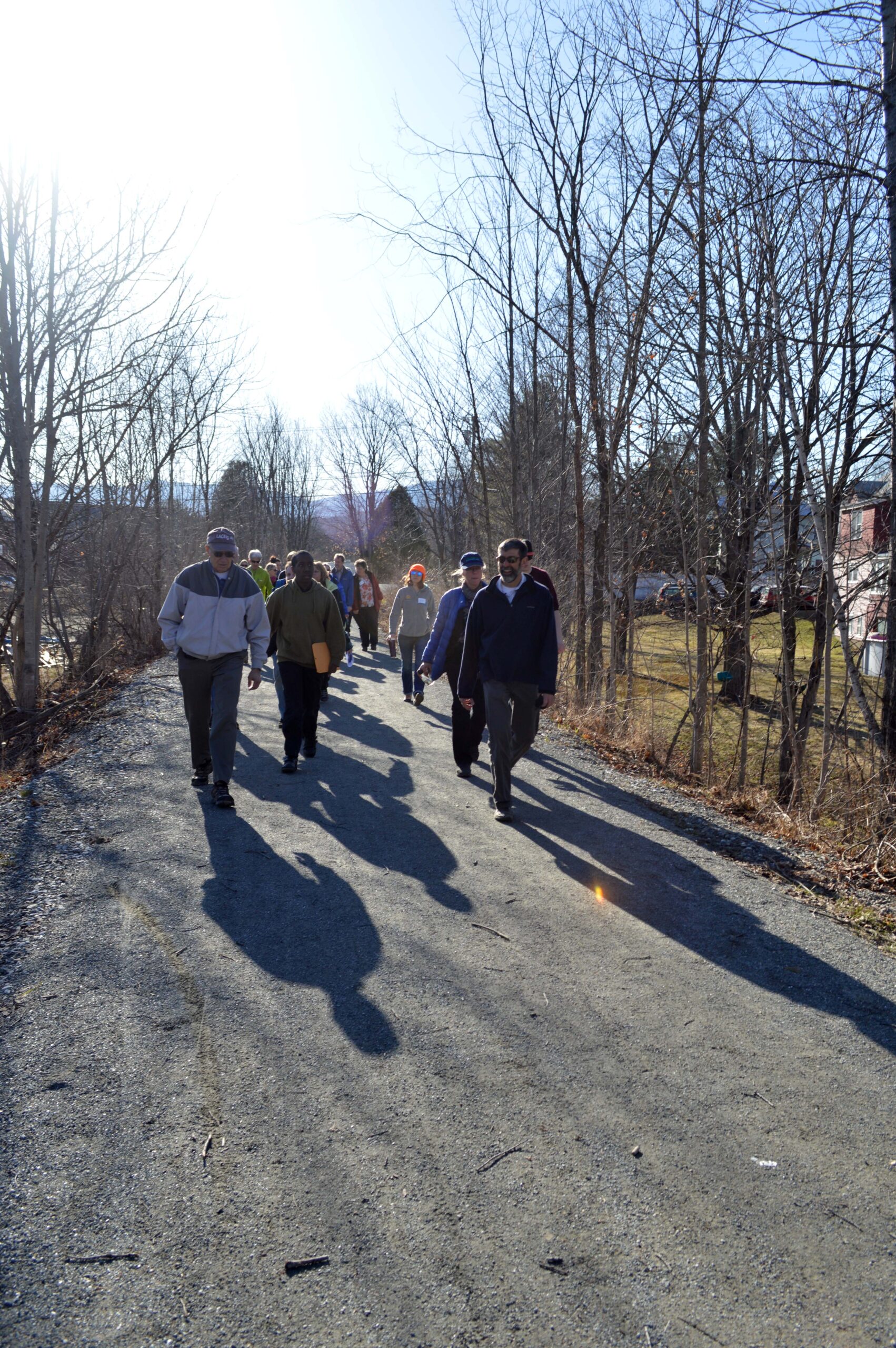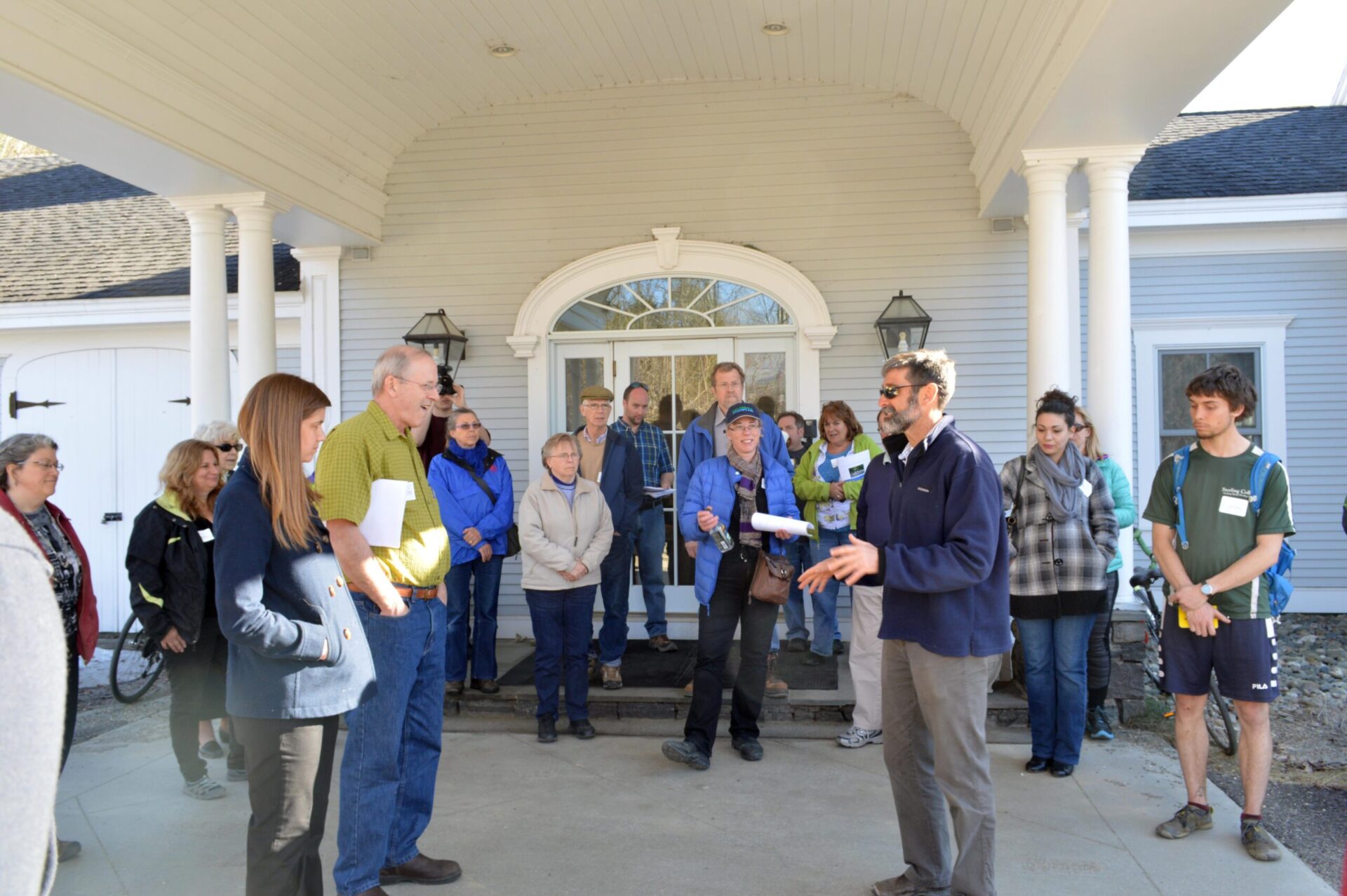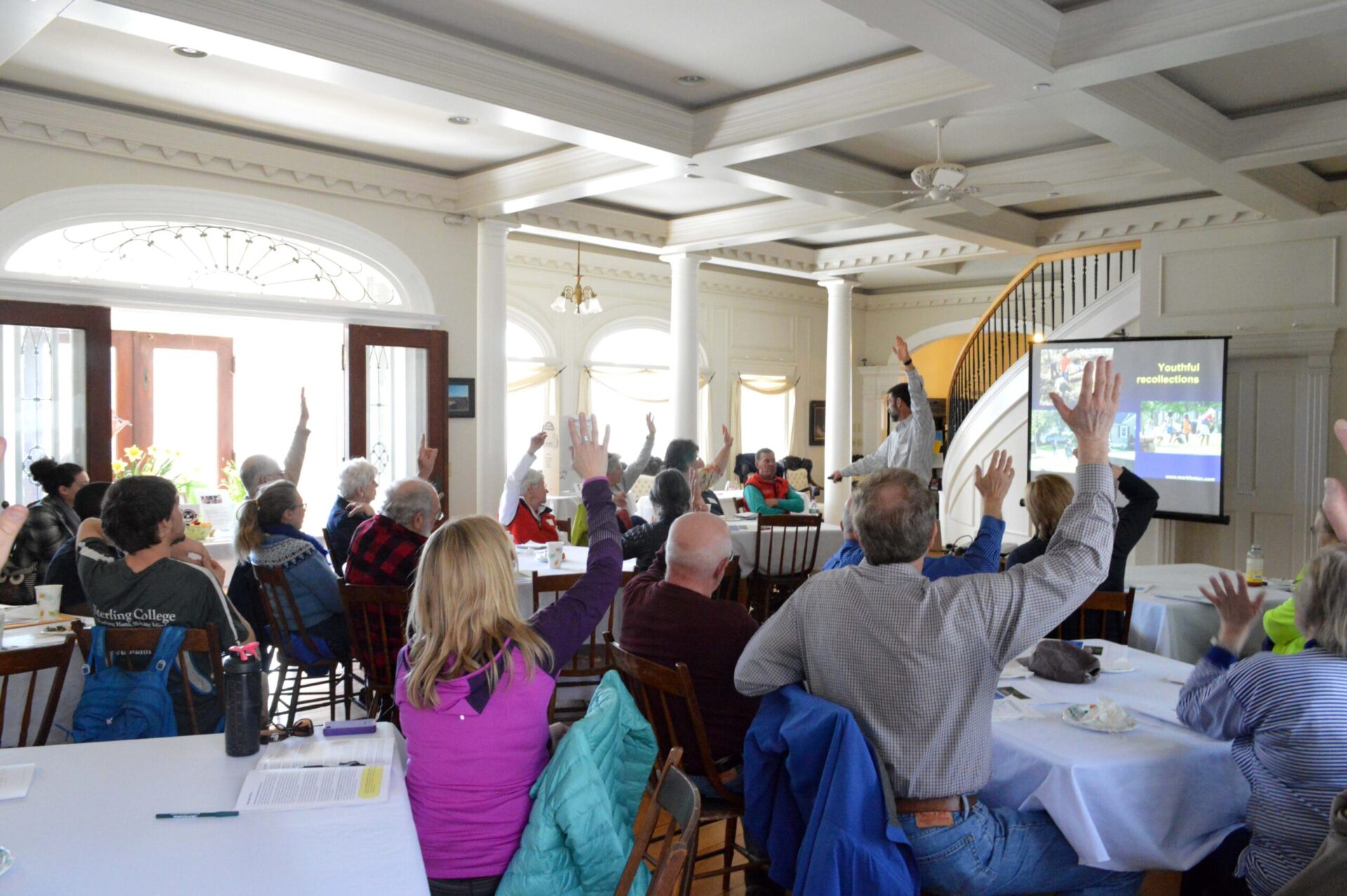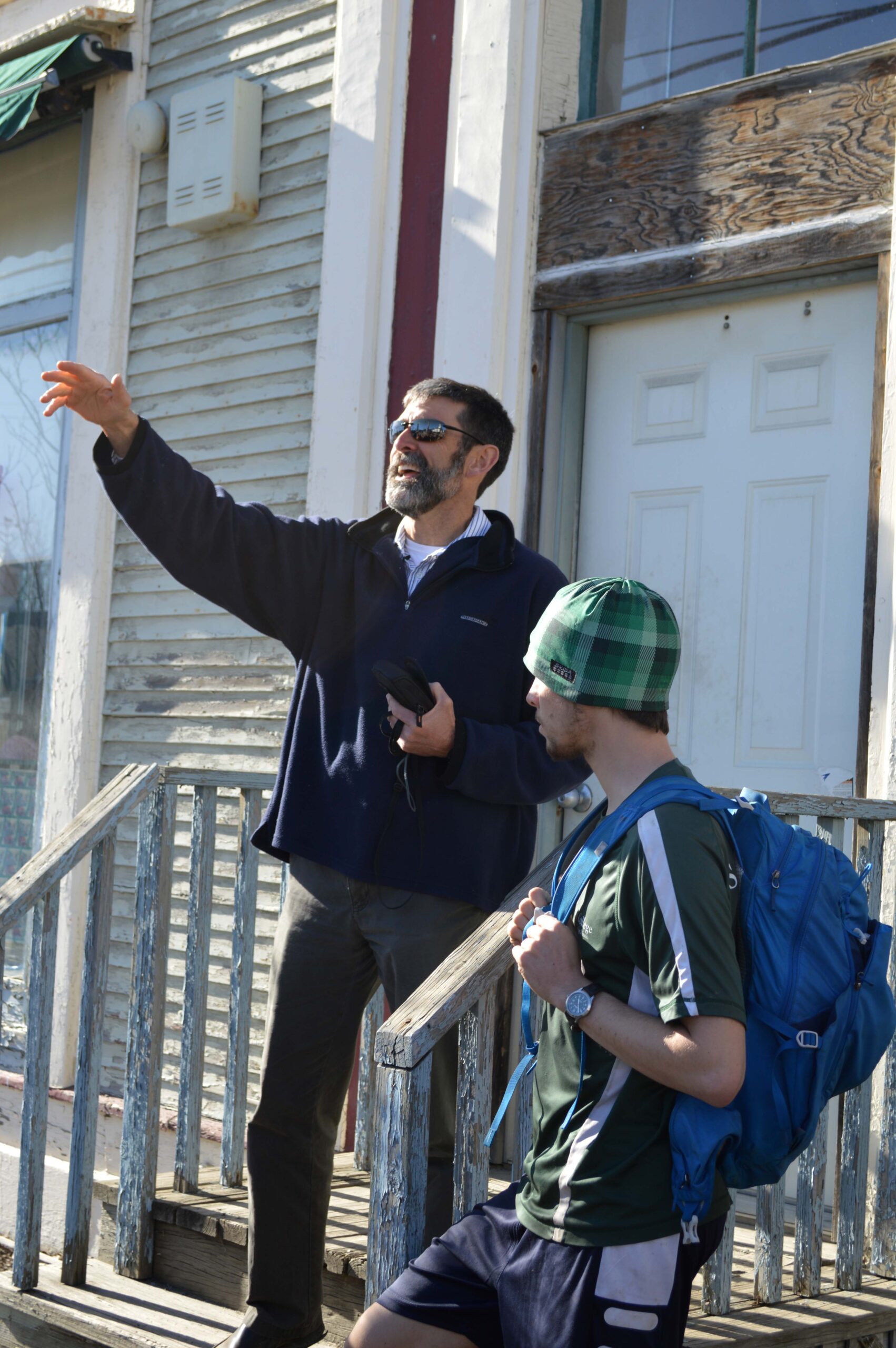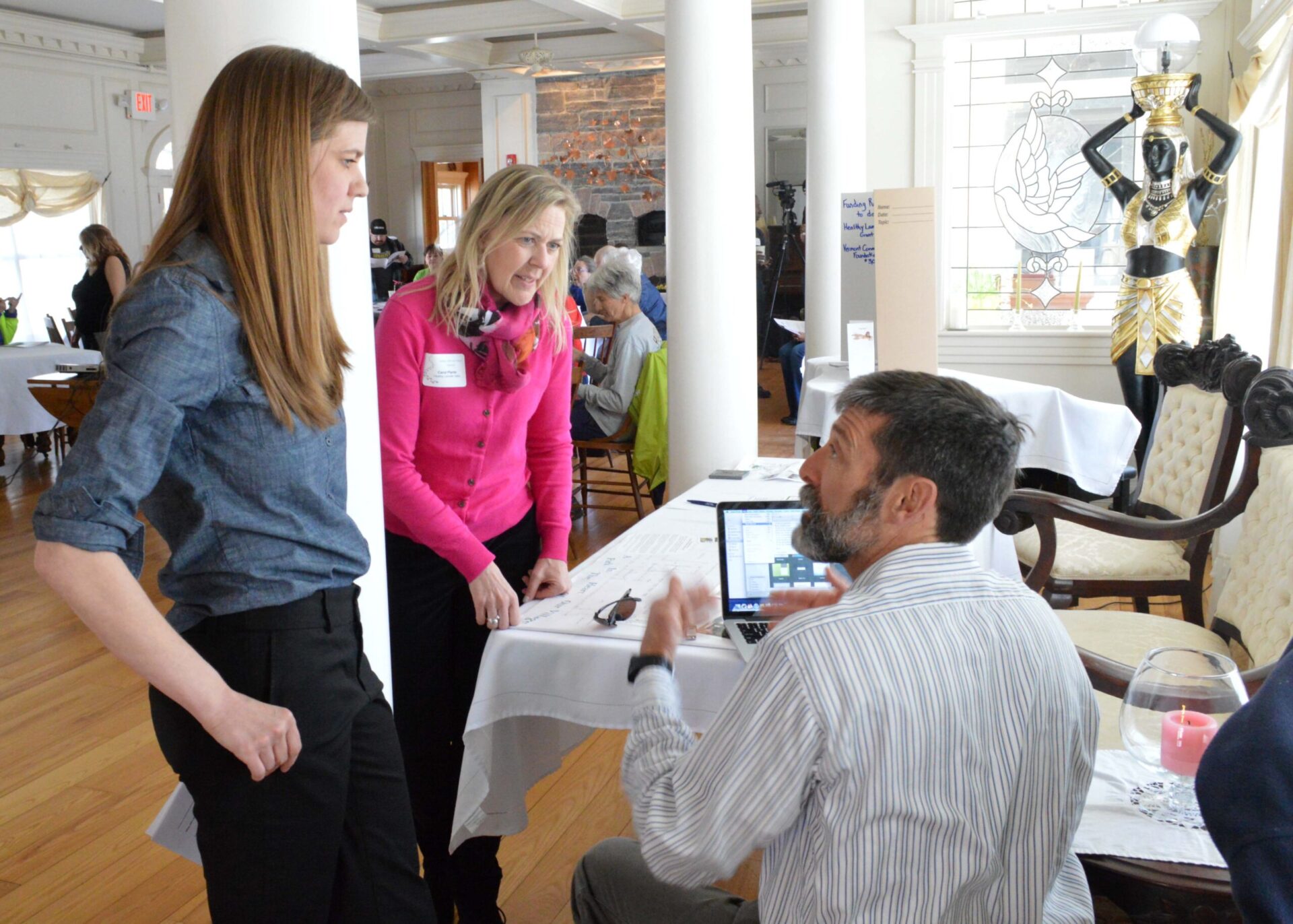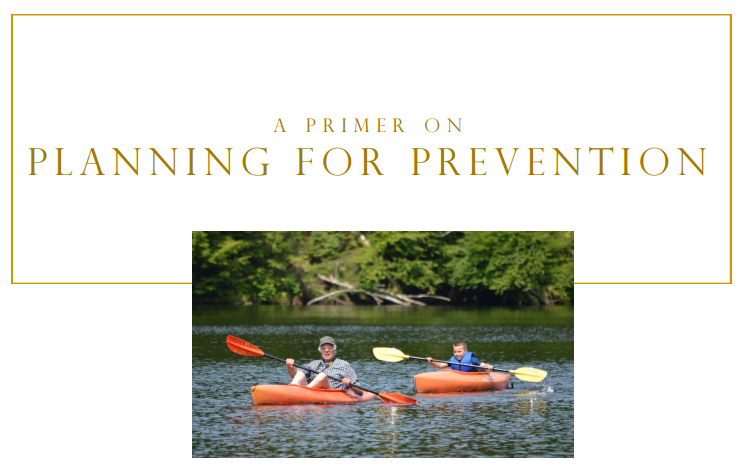Making Healthy Choices
Why Prevention?
It just makes sense!
Substance abuse is among the most costly health problems in the United States. Among national estimates of the costs of illness for 33 diseases and conditions, alcohol ranked second, tobacco ranked sixth, and drug disorders ranked seventh (National Institutes of Health [NIH], 2000).
You can make a difference! We know that you, a caring friend, co-worker, or loved one, can help prevent substance abuse addiction, saving the individual and their family from a difficult road out of addiction and through recovery.
“Parents and adult caregivers can play a powerful role in preventing alcohol use among teens and young adults. Talking to youths about the dangers of underage drinking (binge drinking, marijuana use, and prescription drug misuse),, creating and maintaining open lines of communication, and sending a clear message that underage drinking (binge drinking, marijuana use, and prescription drug misuse) is not acceptable are some effective ways to prevent underage drinking (binge drinking, marijuana use, and prescription drug misuse).”
Explore our site for more resources on how to talk to your friends and loved ones and help them choose prevention!
Prevention is cheaper!
For each $1 spent on prevention efforts we save up to $18 in related medical and treatment costs.
Substance related addictions are expensive. Whether it’s alcohol, prescription drugs, marijuana, or tobacco – all of these products have a high cost to the users and their families.
Health Starts Where You Live, Work and Play
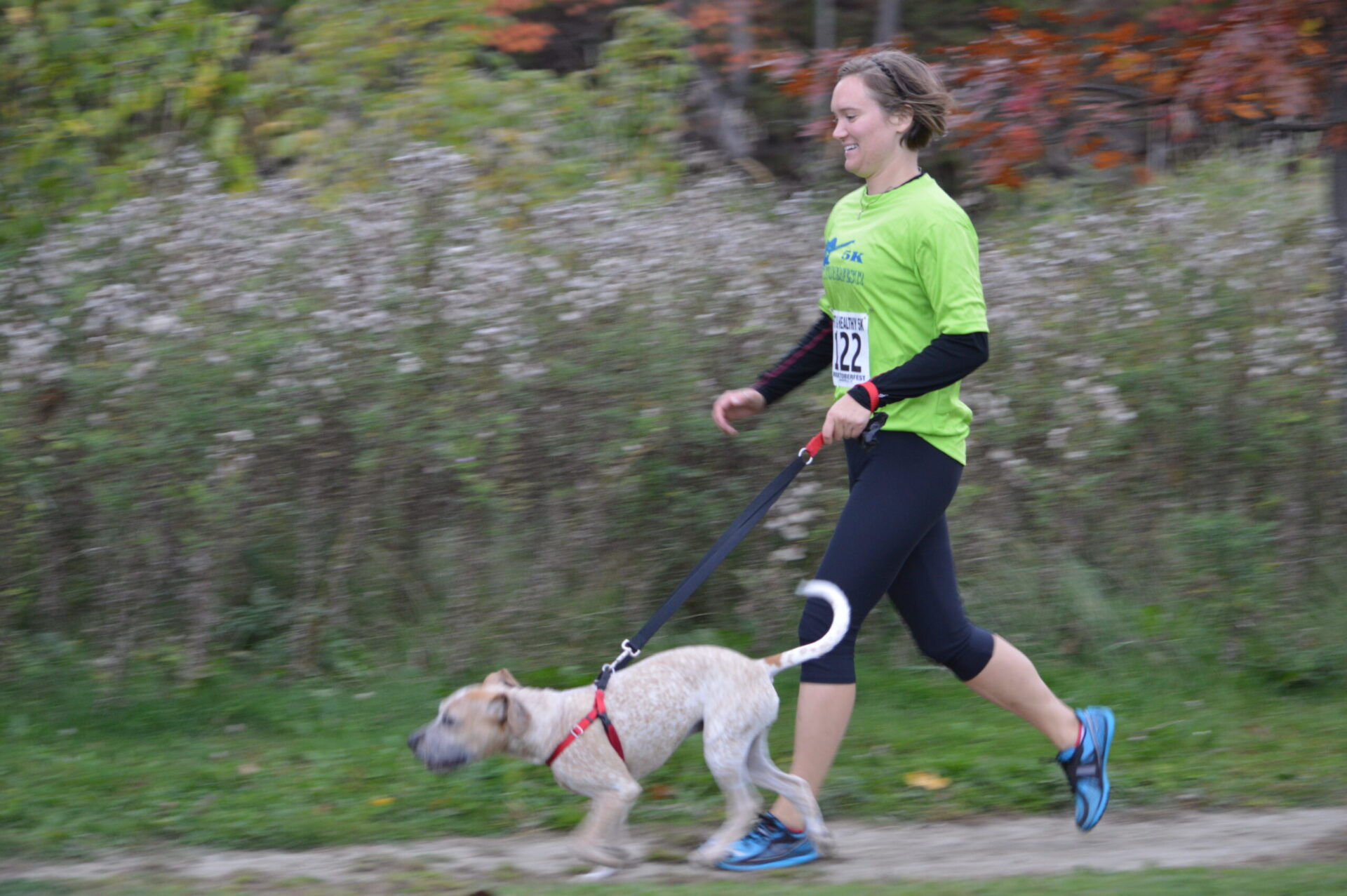
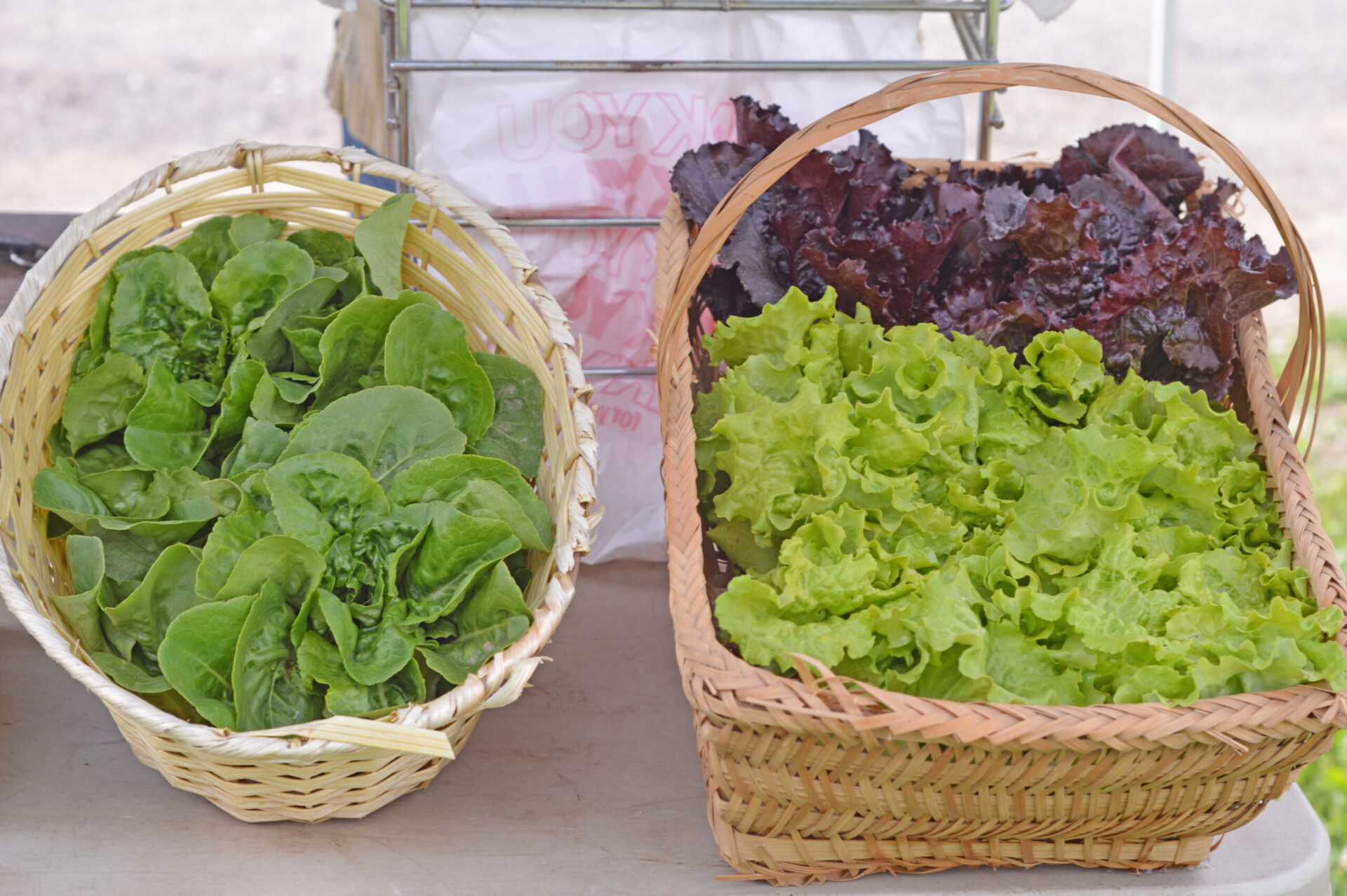
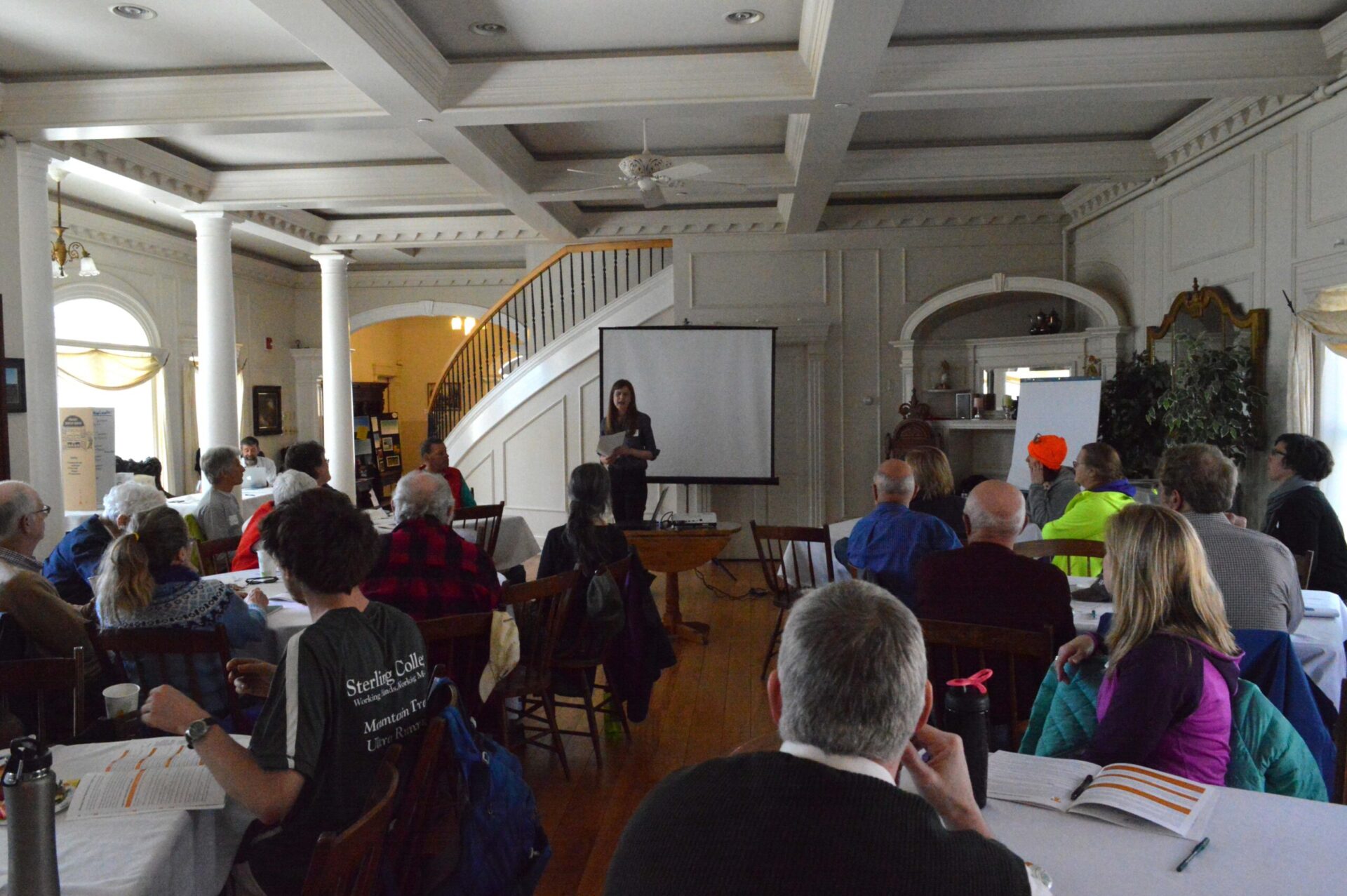
Where you live is an important factor in how you live. You make decisions every day that impact your health and the choices you make are heavily influenced by your surroundings and what you have access to. Healthy Community Design is a larger national and global movement that is calling on the public health and planning communities to come together as partners to address many of the leading public health challenges that we face today.
One of the greatest benefits of Healthy Community Design is that it puts you and your well-being at the forefront of planning and decision making. It focuses on “place” which includes our built and social environments (our workplaces, our community centers, our schools) and looks at how the policies and design of these places impact our behavior and activity patterns. Healthy Community Design strives to make visible in our communities the common values that we all share, through our policies, our infrastructure and ultimately our cultural norms.
When we create walkable village centers, continuous bike and pedestrian systems, networks of park and recreation areas and have healthy foods available at our local retailers it becomes easier for you to make healthy choices simply by having these options as a natural part of your surroundings. Designing communities with health in mind offers new opportunities and aims to reduce health disparities among our vulnerable populations so that everyone has a fair chance at health. For example, having trees for shade and benches along our sidewalks not only makes the area more pleasant, but provides a place to sit and rest for those who may need it. This makes walking to the post office or market an option!
Healthy active living is essential to good health and quality of life and it’s our vision that everyone lives in a community that supports these choices.
Primer on Planning for Prevention
On April 15, 2015 we had the privilege of hosting a community workshop with national Healthy Community Design expert, Mark Fenton.
Welcome
Kate Whitehead, Healthy Community Design Lead for Healthy Lamoille Valley, opens the afternoon and shares the importance of considering community design for increased overall health.
Taylar Foster
Taylar Foster, of Lamoille County Planning Commission, shares the rollout of “A Primer on PLANNING FOR PREVENTION.”
Walking tour – 1st stop_small
First Stop – In front of the library and by the Graded Building… a key intersection for children and teens walking or riding to school
Connection
Future location of a rail trail kiosk which would point users to local amenities. Also the importance of making clear paths for bikes into residential neighborhoods from the trail.
Orioles Fans
Mark found a fellow Orioles fan! Thank you to Green Mountain Access TV for covering the event! We’ll share once it’s on air.
Making Connections
It’s important to create an environment where we connect shopping/business areas to access routes potential routes of non-motorized traffic such as the Rail Trail. At this stop Mark as shared the importance of letting motorists know of an upcoming trail crossing. In the foreground: Johnson Selectboard Member, Nat Kinney, takes notes. He was not alone in this – Mark had a lot of resources to share that sparked innovative thinking throughtout the afternoon.
Glorious Group
A diverse population of students (Goddard, Sterling, & Johnson State), town planners and planning committee members, selectboard members, business men and women, and general advocates of non-motorized transportation made for a rich environment of sharing and planning.
Walking Audit
Participants gather to go outside for a walking audit. “We need communities where people are intrinsically active.” Mark directs participants to score portions of the walk by it’s 1) Compact, varied village centers and neighborhoods, 2) Good connections for walking, bicycling, and transit, 3)inviting designs and destinations, 4) safety and access for all.
Free Range Children
Free-range children. During introductions participants shared their earliest memories of play. Almost all experiences would be considered “Free-range” activities where children created active play minimally impacted by adults. The decline in the amount of time that children spend outside playing is in a director correlation to the increase in obesity which has taken a huge climb since 1980. See slide show.
Akward Intersection
Mark stands at the intersection of Historic Rt. 100 and Rt. 12 by the Green Dragon Restaruant; sharing thoughts on how this intersection could become more user friendly to bikes, pedestrians, and vehicles.
Consulting with Fenton
Kate Whitehead and Carol Plante, of Healthy Lamoille Valley, consult with keynote speaker, Mark Fenton, before the workshop begins.
Sample Policy Tool
A tool to provide communities with sample alcohol policy and bylaw language. Funded through a Partnership for Success initiative. Contact [email protected] to learn more about this new resource.
